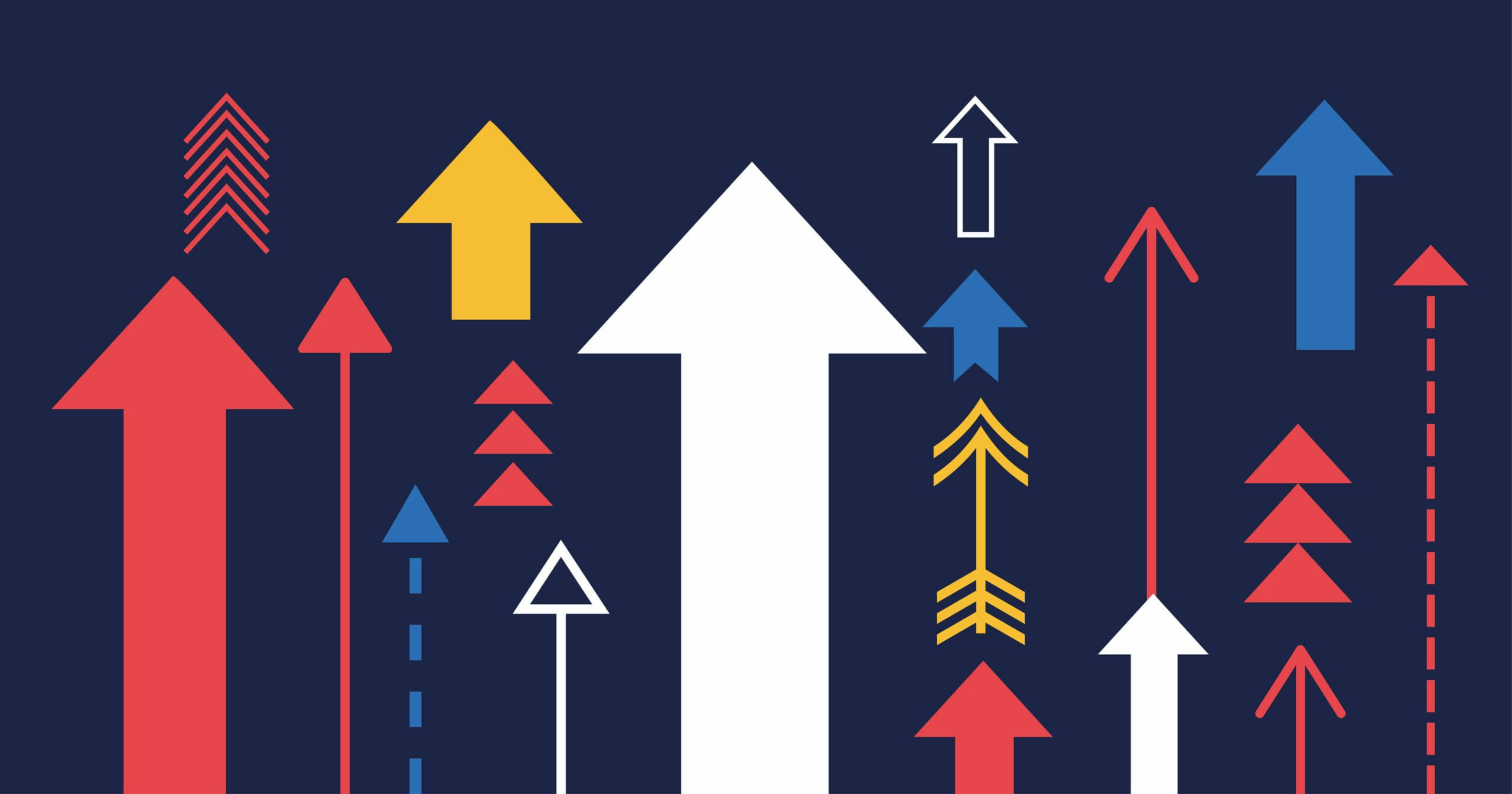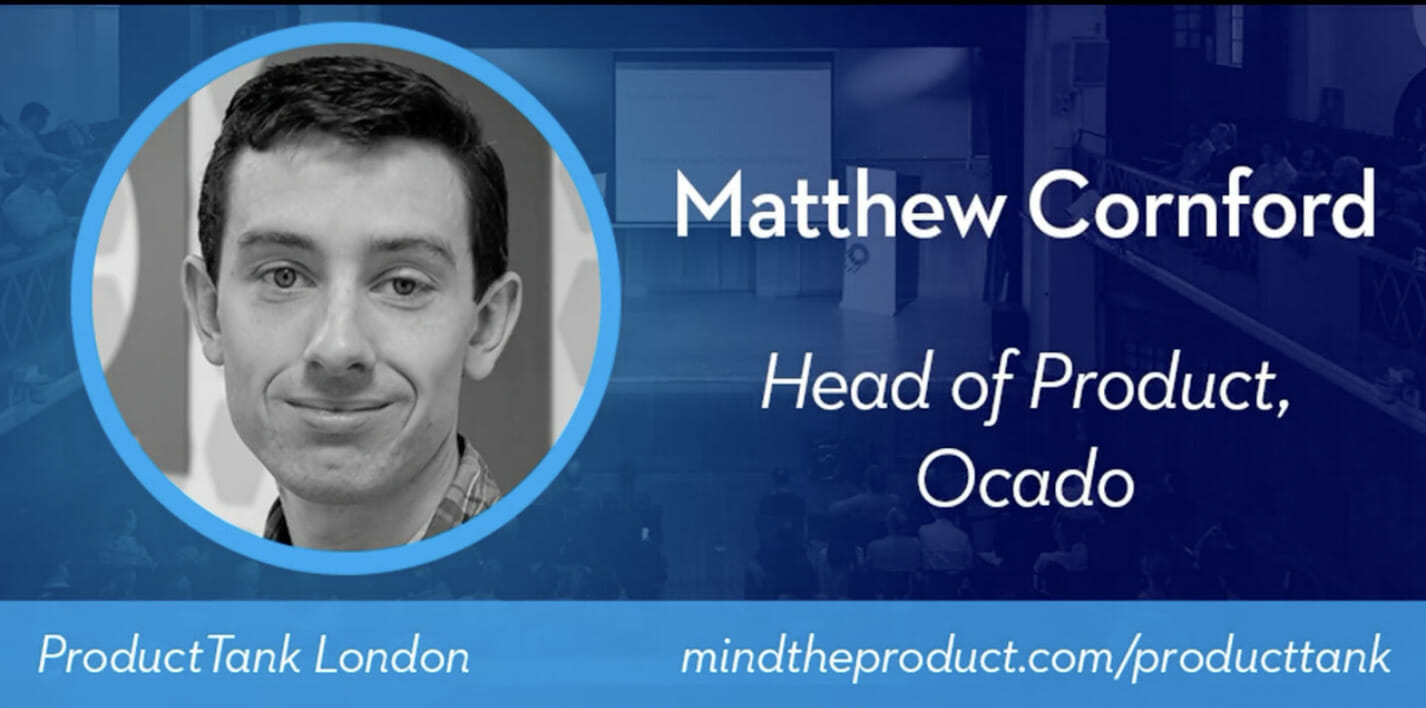What’s a business pivot? It’s a shift in direction in pursuit of a vision and it can be large or small. It could be a complete overhaul of pricing or a slight change in focus on a particular customer segment. It’s not the goal that changes, just how you get there.
It was Lean Startup author Eric Ries who first coined the term, calling a pivot “a change in strategy without a change in vision” and he suggests there are 10 types of pivot. His nomenclature is pretty self-explanatory: zoom-in pivot, zoom-out pivot, customer segment pivot, customer need pivot, platform pivot, business architecture pivot, value capture pivot, engine of growth pivot, channel pivot and technology pivot.
Some famous pivots
In fact, businesses, and startups in particular, pivot all the time. Some are more famous for their pivots than others - Netflix is particularly celebrated for its ability to shift direction and is often called the king of the pivot. This article Netflix - Constantly pivoting its business model to success, goes through the company’s major pivots, from its initial formation as a DVD rental service to an online streaming model, and then from a content distribution only model to a content creation and distribution model. This article, The unstoppable success of Netflix, takes us through other elements that have contributed to the company’s success, like subscriber segmentation and a switch in marketing focus from the overall brand to individual titles.
No one could argue with Netflix’s success, its ability to evolve and the speed at which it’s able to do this. The streamer now has over 270 million paid subscribers and reported a revenue of over $9.4 billion in the first quarter of 2024, according to Statista. There’s lots of analysis available on the reasons why Netflix is able to pivot so successfully. There’s no mystery here - in essence it’s because Netflix is a product-driven company, it’s customer rather than competition focused, it keeps an eye on the long-term while executing short-term, and it is able to test and learn.
What about other successful pivots? There are many to choose from. For example, Android started as a cloud-based photo storage platform, Groupon started out as a consumer activist site, Slack was originally formed to create a collaborative online game called Glitch, PayPal began as a utility to beam IOUs between Palm Pilots.
Case study: Bumble’s opening moves feature
How, then, do you approach a pivot? We thought it might be helpful to look in more detail at a company that is evolving its strategy while staying true to its mission. We spoke to Dara Alsulayman, Senior Product Manager at women-first dating app Bumble and is responsible for the app’s new opening moves feature. It’s a feature that allows women to choose a prompt question or create their own question for their potential matches to answer, before a conversation begins. Being the app that has always championed “make the first move” for women has enabled Bumble to stand out from its competition - the phrase pops up all over its branding - so the change appears to be something of a departure for the company.
First though, a bit of background. The dating app market is enormous, worth over $5 billion a year globally. Tinder is the market leader, generating in-app purchase revenues of $58 million in Feb 2024. Bumble is a strong second, with in-app revenues of $29 million in Feb 2024, and Tinder stablemate Hinge is third with in-app revenues of $18.5 million in the same period. These are substantial publicly traded corporations.
The dating app market
But these are tricky times for dating apps, and user dissatisfaction and fatigue is rife. They have come in for a slew of criticism in recent years, often characterised as addictive and detrimental to their users’ mental health. This criticism was underscored by the launch of a class-action lawsuit against Match Group (which owns Tinder and Hinge) on Valentine’s Day this year. The suit asserts that Match apps are addictive by design, that they violate consumer laws and that Match Group "employs recognised dopamine-manipulating product features to gamify the Platforms to transform users into gamblers locked in a search for psychological rewards that Match makes elusive on purpose."
Bumble was launched in 2014 by Tinder Co-founder and former CMO Whitney Wolfe Herd, and it has always been a women-first dating app. Its women-first principles notwithstanding, it hasn’t been immune to user fatigue around dating apps and reported falling revenues and some losses and layoffs in 2023. Wolfe Herd became executive chair in November 2023, appointing Lidiane Jones as CEO, and in February 2024, Bumble announced the appointment of four new senior executives, charged with leading the company to a new phase of growth.
Re-examining women making the first move

Dara says that Bumble had been thinking about evolving its ‘women make the first move’ user experience for some time. “As with a lot of aspects of our products and our product experience. We were asking, ‘How is it performing for users? How do they feel about it? How much is it aligned with the brand?’.” It was something that they regularly examined, she says, both in terms of data and analytics. They also reminded themselves that women make the first move was first conceptualised 10 years ago, when it was, as Dara says, “a very different dating app world”.
She points to the widespread apprehension about dating apps when Bumble first launched, and says that women then were worried they would be bombarded on dating apps. 10 years on, the technology has changed, the perception of dating apps has changed, and, most importantly, how we view women’s empowerment and agency has changed. “The idea that women make the first move was great because it allowed women to have full control over their experience,” she says. “They couldn't be bombarded with messages and harassed.” But in the long term, it has created what she calls an “outsized labour” for women - while women had control of every interaction, it meant that they also had to initiate every interaction.
This train of thought led Dara and her team to ask how they could reduce the burden of initiation and the friction around starting conversations, while still making sure that women were in control of their experience. In real life someone can make many different opening moves, so Dara wanted to explore, from a product experience perspective, how they could rethink what a move was. She says: “Could we perhaps expand the type of moves that women could make with varying intent and intentionality to make sure that they weren't burdened by it?”
Bumble has about six cross-functional teams who work on the product and consumer experience. Dara headed up one team that predominantly focused on the opening moves work, but everyone within the product teams had some involvement from time to time because the work, she says, touched on a lot of areas. A cross-functional product team at Bumble comprises a product manager, product designer, content designer, product analyst to support with data and analytics, and then an engineering manager and a group of engineers, both front end and back end. There are additional support functions like user research and product marketing but they're not part of the cross-functional teams.
Core hypothesis
Their core hypothesis then was that women making the first move was limiting connections and conversation in its current form. The hypothesis for the new opening moves feature as a solution, says Dara, was that by giving women the opportunity to set an opening move or to opt into men engaging with them on their terms, they could increase those conversations or meaningful connections, and alleviate some of the burden of initiation.
They did lots of testing. Dara says they began by trying to validate whether they could find potential conversation starters for women to add to their profiles. “Instead of a woman having to think of a first message every time, was there something that could both help start the conversation on their terms and help them assess the other person?,” she says.
They also conducted user research on these conversation starters. “We found that not only did it get more conversations started, because it reduced that cognitive burden for women of thinking they had to find something to say, but it also drove more meaningful conversation,” says Dara. She explains that Bumble measures meaningful conversations, or “good chat” as the company calls it, as conversations that progress organically with a lot of engagement.
Experiments across markets
They ran experiments market by market, starting small and gradually expanding to larger core markets. They ran A/B tests and ecosystem tests. Dara explains the latter: “Bumble and dating apps generally are unique as an ecosystem. It's very hard to do A/B testing and know what the impact will be, because there’s passive/active user interaction between one user and the person they match with.” They also tested to take any cultural differences between markets into account. Dara says that in some markets - she cites parts of Latin America and parts of Southeast Asia - they looked out for their “guardrails a little more”, checking for toxicity and that women weren’t being bombarded with messages.
Dara and her team also looked at profile quality, relevance, and compatibility, which are issues for all dating apps. They made some changes to the onboarding and profile creation flow as part of the opening moves launch, like, for example allowing for multiple dating intentions. “It was done with the objective of driving better quality profiles and making it easier for women to find relevant matches,” she says.
Opening moves has been a year in the making and naturally the work on it is ongoing. “We had a series of hypotheses,” says Dara. ”The first was that we could reduce that burden of conversations and get more conversations started, and that was validated. Now we're focused on both driving and expanding the opening moves experience.” She explains that conversations can start in many ways, maybe through sharing an image or your favourite song, they don’t have to start with a question: “I think people find the best interactions on dating apps are the ones that mimic real life and organic interaction.”
Official launch
While the development of opening moves has been a gradual and iterative process that started over 12 months ago, the feature was given an official launch earlier this year. The launch came after Bumble was satisfied that the feature wouldn’t create any risk to its ecosystem, that it wouldn’t harm any metrics and that it would drive the metrics the company wanted to drive. It was a far cry from the company’s initial MVP, Dara says. “We wanted to get to a place where we felt it was a fully fledged feature and experience that users would not only understand but also love and engage with. We wanted to make sure that the experience was highly functional, that all the entry points were there, that the elements of safety were baked in, and that we had the right moderation and the right reporting.”
Looking back, Dara comments that they might have benefitted from testing bigger earlier. “There’s always room to do things differently,” she says, “But it’s been a really long process, and we managed to have a thoughtful approach to it.”
How has it worked?
What about the feature’s reception? Dara says opening moves is getting very high adoption for an opt-in feature and she’s seeing a positive impact on the chat funnel - more conversation starting and replies and less ghosting. “We’ve seen significant improvements in our metrics,” she says. There have been significant improvements in the rate of chat initiations and in good chats, which is the metric Bumble cares more about. “You can start a lot of conversations, but if they don’t materialise into meaningful connections, they’re not valuable to our members. We've seen double-digit increases in good chats.”
“We were looking at how it resonated with Bumble’s existing audience and our potential audience,” Dara concludes. “We understood through this work that women making the first move was a barrier to usage.” Hopefully, a lot of people who previously weren’t interested in exploring Bumble will take another look: “We really believe that this is a growth lever for us to position ourselves as the best dating app for women. It's where women feel most in control of their dating experience, but it's not a product experience that inhibits them in any way.”








Comments
Join the community
Sign up for free to share your thoughts